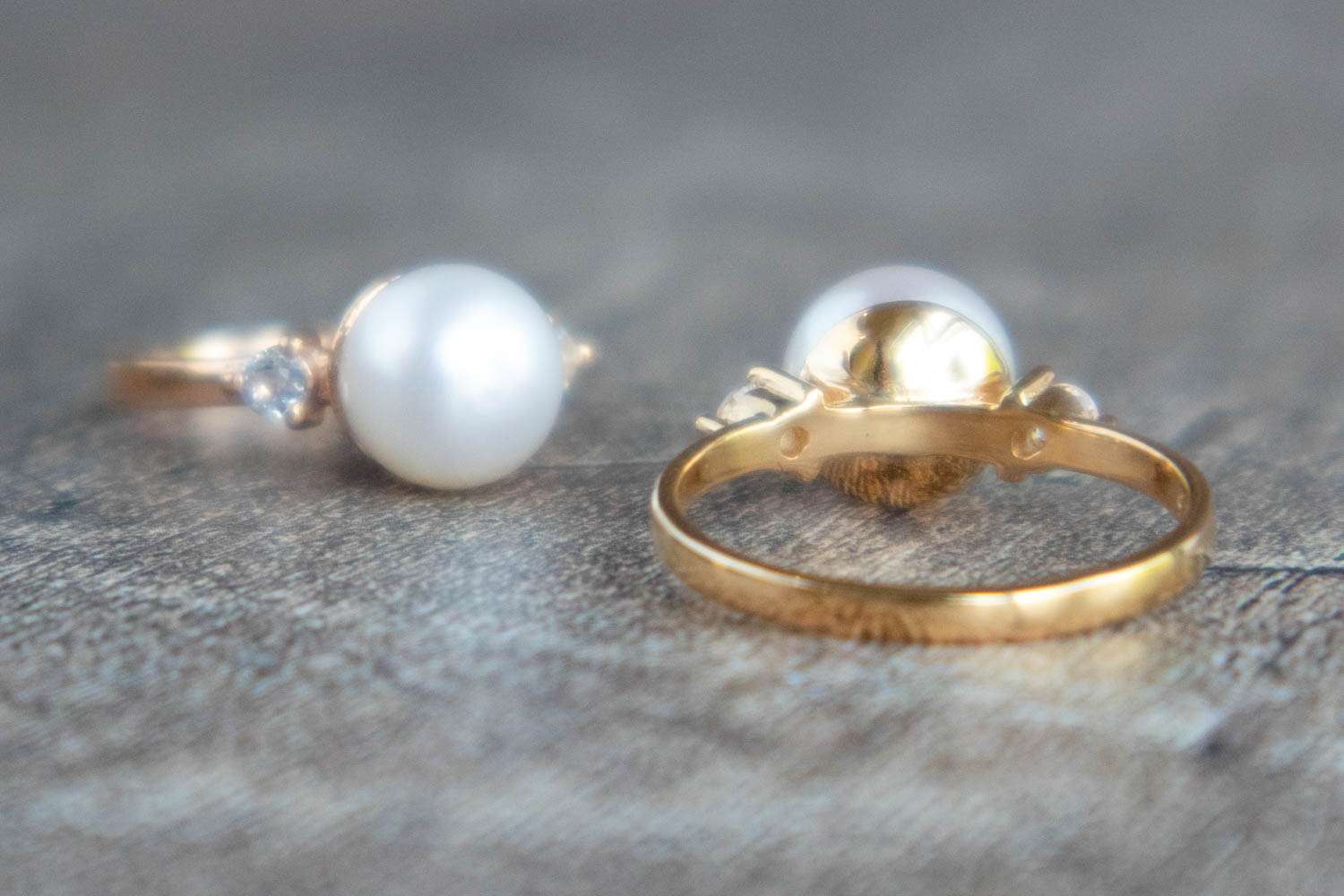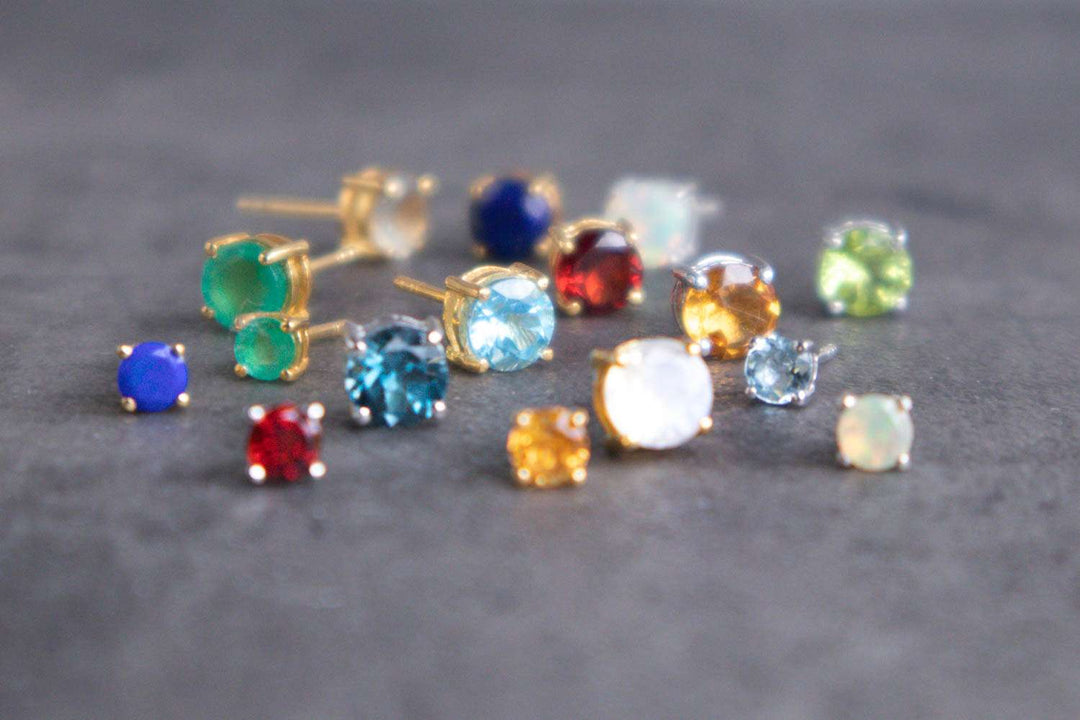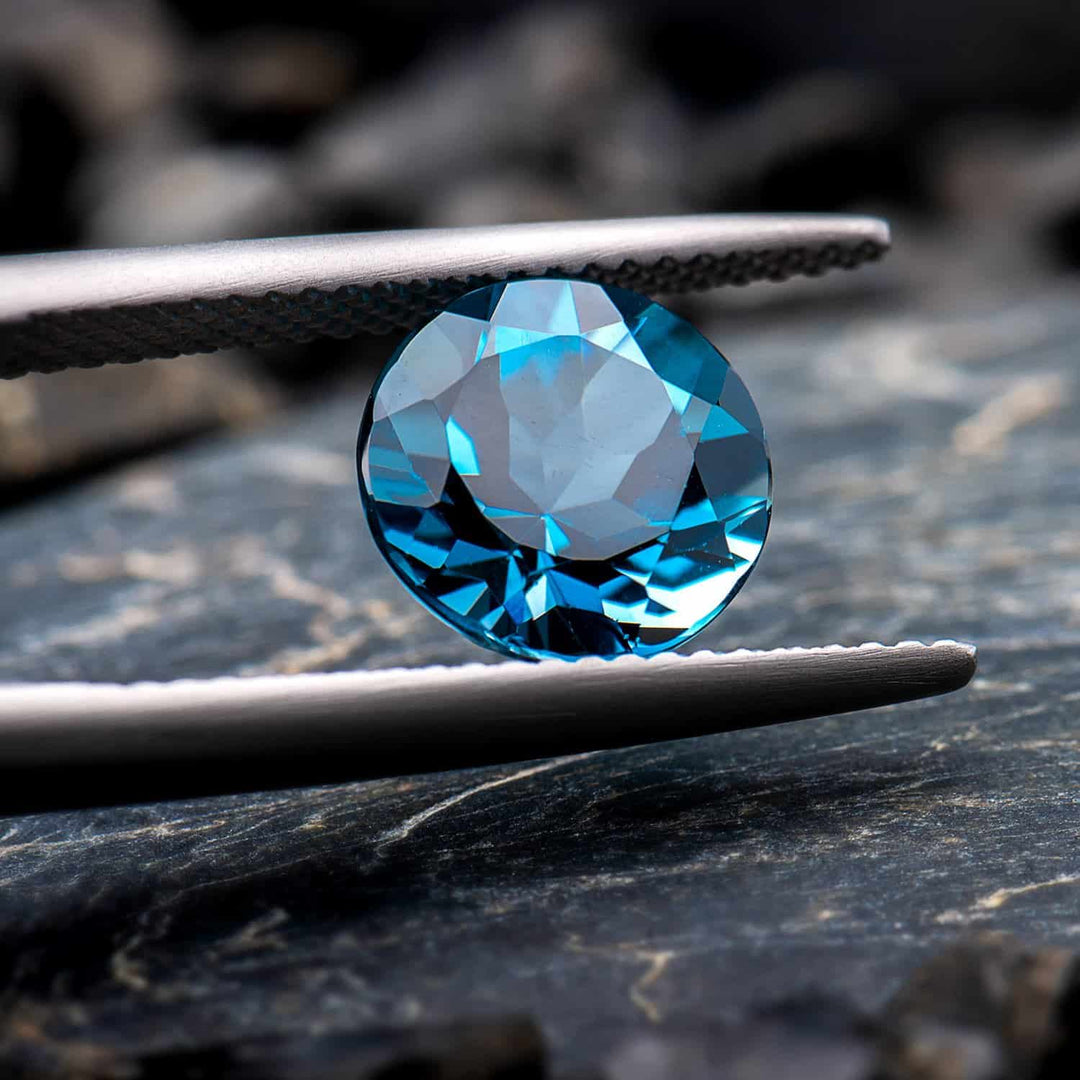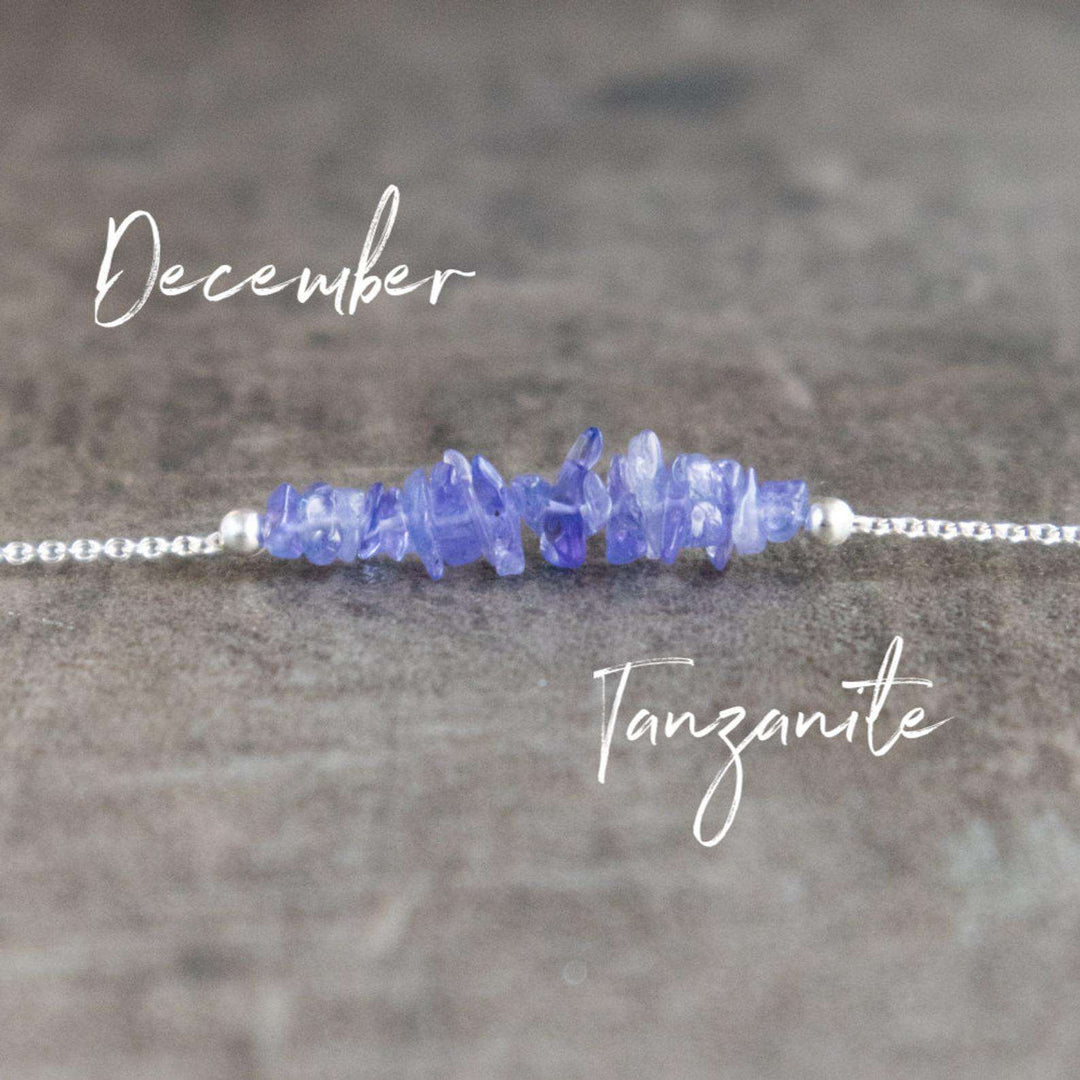Gold Vermeil Jewellery and How to Look After it.
Gold Vermeil is a well-known and used technique to create gold jewellery without an expensive price tag. Jewellers have used gold vermeil techniques for centuries to create gold jewellery that is affordable, beautiful and precious.
What is Gold Vermeil?
Gold Vermeil is a gold plating technique where a gold layer with minimum thickness of 2.5 microns is coated onto a Sterling Silver base.
Gold vermeil can be confused with gold plating, which is similar in that gold is also coated onto the surface of an object. The main difference between gold vermeil and gold plating is that gold plating uses gold that is 0.5 microns thick, whereas gold vermeil uses a thickness of at least 2.5 microns.
The thinner gold plating is more likely to wear quickly and gold plating often uses a less valuable material underneath than the silver that gold vermeil uses. It is easy to see that gold vermeil offers more value and better quality jewellery.
The history of gold vermeil and its usage in jewellery
Gold Vermeil originated in France in the 18th century. Other terms it is known by include Silver-gilt or gilded silver. This is due to the underlying material used being either pure silver or sterling silver.
Gold Vermeil can be used for large objects where the cost of solid gold would be prohibitive. With gold vermeil, you can coat the underlying surface of the object in gold at a fraction of the cost. The object will still look as beautiful as solid gold. Gold vermeil has been used for the crown jewels and the Olympic medals.
An added benefit of gold vermeil is that the underlying material is lighter than solid gold, so objects coated can be bigger and will not be too heavy to use, perfect for larger pieces of jewellery design.
Which is better, gold plated, gold-filled or gold vermeil?
There are a few things to consider when buying gold plated, gold vermeil and gold-filled jewellery. First, we should explore what each term means:
Gold Vermeil
This is a plating process where gold is plated onto an underlying precious metal, usually pure silver or sterling silver. The thickness of gold plated onto the silver is thicker than gold plating.
Gold Plating
This is a plating process where gold is coated onto a less precious metal such as brass or copper. There is no set amount of gold required for gold plating, so it is usually thin (0.5 microns) and therefore cheaper and less hardy. Learn more about Gold Plating.
Gold Filled
Although the base metal to be covered in gold is usually a cheaper material like brass, the amount of gold used to cover it is much thicker than gold plating or gold vermeil. Gold-filled jewellery is likely to wear better over time. It can be hard to tell the difference between gold filled and pure gold jewellery.
So, which one should you choose?
As with everything, your budget comes into play. Gold plated jewellery will be cheaper but will not last as long. The layer of gold used will be thin and it is plated onto a lower quality base metal.
Gold Vermeil is defined as demi-fine jewellery. This is because it is made with two precious materials, namely gold and silver. If 18K gold is used to plate the silver, the resulting jewellery can be considered high quality and long-lasting.
If you want long-lasting jewellery and don’t mind having a lower quality base metal, then gold filled jewellery is a good option as it is very durable.
What does "14k vermeil" or “18k vermeil” mean?
With Gold Vermeil, jewellers will use either 14k (karat) or 18k gold. It is not as simple as choosing 18k and assuming it will be more valuable. The thickness of the gold vermeil added to the type of silver will also affect its value. Look for the thickness of the layer of gold applied and the quality of the gold and silver.
For example, a thick layer of 18k gold added to pure silver will create a much more valuable and expensive piece.
Does gold vermeil tarnish?
Pure gold does not tarnish, however gold vermeil can tarnish over time. This will be due to it coming into contact with everyday items like hand lotions, cosmetic chemicals, sunlight and general wear.
Why use gold vermeil?
Jewellers use gold vermeil to create beautiful gold jewellery at a fraction of the cost of solid gold. Gold vermeil is lighter than solid gold, so larger statement jewellery pieces are easier to wear. Gold Vermeil also uses two precious metals which are more hypoallergenic. Finally, creating jewellery with this traditional technique creates gold jewellery that is affordable but valuable.
Gold vermeil plating thickness
At this stage, we have to talk in terms of microns of thickness. Gold plating usually has a thickness of less than 1 micron. With gold vermeil, the thickness starts at 2.5 microns and can be thicker. Anything less than 2.5microns would not be considered gold vermeil.
Do also bear in mind the material used under the gold vermeil. This should be either pure silver or sterling silver. Both affect the final price and value of the piece.
How do I care for my gold vermeil jewellery?
Looking after your gold vermeil jewellery will prolong its life and keep it looking as good as new. Use a gold polishing cloth regularly (this has gold impregnated into its fibres). You can also use a microfibre cloth to clean your gold vermeil. These are what you would use to clean your glasses.
We know that you want to show off your jewellery, but when it is not in use, keep it in a box or soft bag out of direct sunlight, polish it with a cloth regularly and try not to get lotions or chemicals onto your favourite pieces.
Gold Vermeil and Allergies
If you have allergies to base metals like brass, copper or nickel, you should avoid gold plated jewellery. Its layer of gold is thin and will wear off quickly.
Gold vermeil uses a thicker layer of gold. This layer sits on top of silver, making it a good choice for someone with base metal allergies.
Explore our beautiful collection of gold vermeil necklaces, rings, earrings and bracelets.







Leave a comment